Do you know Suaasat?
Suaasat is one of the soups eaten in Danish Greenland.
Suaasat is a traditional dish made using seal meat and other similar ingredients.
This time, we'll delve into Suasat—from its traditions to how it's made!
Please watch until the very end!
Additionally, TasteTune introduces cuisines from around the world and releases music that expresses those dishes♪
You can stream it on YouTube, Spotify, and other platforms, so enjoy it along with this article!
What is Suaasat?
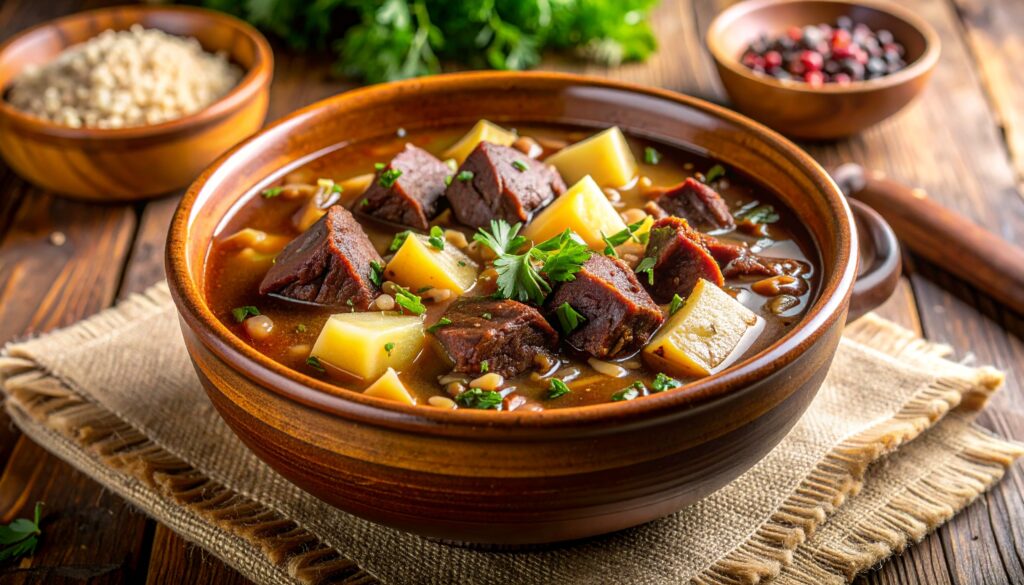
Suaasat is a soup dish traditionally enjoyed in Greenland.
In the frigid land of Greenland, seals are a valuable food source.
One of the dishes that makes full use of every part of the seal meat is this Suaasat.
In addition to seals, we also use reindeer, whales, and seabirds.
These meats are simmered with the bones intact during cooking.
Therefore, a rich and deep broth serves as the base.
Its flavor is said to be similar to beef bone broth or lamb stew, with a hint of the sea and a wild character.
In contrast, the seasoning is very simple.
The seasonings are mostly just salt, black pepper, and bay leaves.
Since no complex spices are used, you can savor the natural savory flavors and sweetness of the meat, bones, and vegetables.
Suaasat is praised for its rich, savory flavor that warms the body from within.
Locally, it is also popular for providing energy and warming the body in cold regions, and is introduced as “the ideal soup to drink in the cold.”
TasteTune – Suaasat
Everyone, have you heard Tastetune's song “Suaasat”?
This music is a pure musical work inspired by Suaasat, expressing the northern sea, icy winds, and coastal landscapes through sound.
The nyckelharpa, Hardanger fiddle, and soft percussion like hand drums and shakers transport listeners to the majestic landscapes of Scandinavia.
Please give it a listen!
Below, we introduce the thoughts, expressions, and creative approaches embodied in this musical work.
The tranquility and rich tones of Scandinavia: The Sound Selection
This piece is set in the Scandinavian lands where Suaasat was born.
The crystalline tones of the nyckelharpa and Hardanger fiddle (traditional Nordic string instruments)
It reflects the cold sea breeze, ice crystals, and the silence of the snow-covered forest.
The soft sounds of hand drums and shakers are as gentle as footsteps crunching through snow,
It evokes the warmth of a distant fireplace and the sound of people breathing.
These overlapping sounds warmly envelop Suaasat's “simple yet profound flavor” with sound.
Warmth Amidst Harsh Nature: Composition of the Piece
At the heart of this song lies the warmth of humanity found amidst the harsh northern wilderness.
In the memorable chorus (or highlight), the warmth of a family gathered around the dinner table,
The sound depicts the “happiness of being alive” felt in contrast to the snowy landscape outside.
The melody flows gently, reaching deep within the heart,
It brings a sense of peace, like being wrapped in a soft blanket on a snowy night.
Cold, clear, and quietly warm: the overall picture of the piece
What permeates this entire work is a sense of “coldness” and “crystal-clear stillness,”
And the warmth that lies hidden within.
It is the soft morning sun shining upon the frozen northern sea,
The sound of a family laughing around Suaasat fills the air—a scene straight out of a winter twilight.
This song is based on traditional Scandinavian music,
Weaving together the beauty of nature and the kindness of people,
This work delivers a “gentle tranquility” to the listener's heart.
Suaasat's Story: Savored Through Sound
This Suaasat track is not just background music.
It embodies “rustic charm” and “the majestic nature of Scandinavia,”
And it is an artistic work that allows you to savor “the warmth of people's lives” with your ears.
Within the sound, the cold sea breeze, the sound of melting snow,
And within it, the small hopes of people quietly flow.
Please let your heart be carried away on this journey of sound—
May the warm breath of Scandinavia gently reach you.
The History of Suaasat
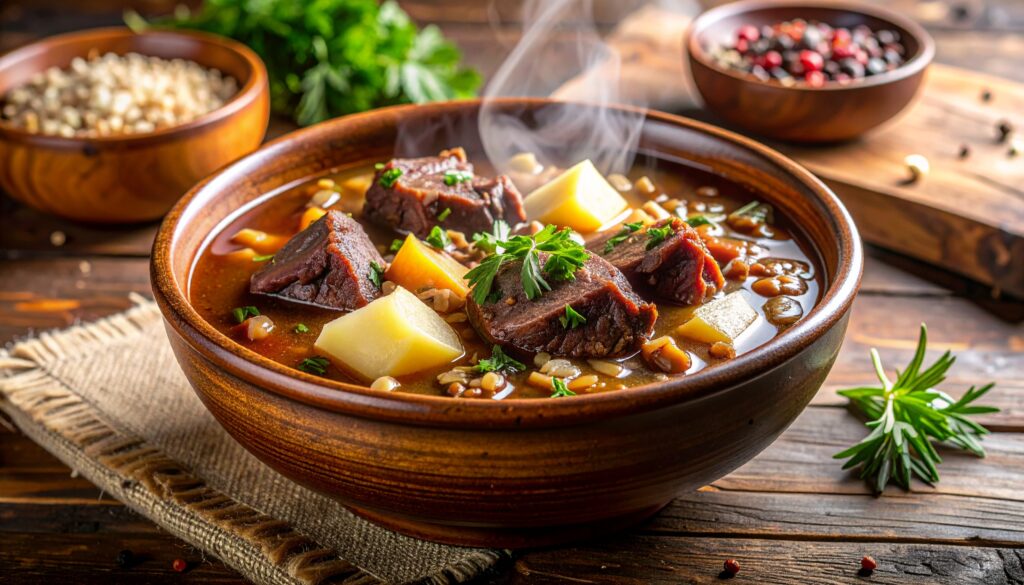
Suaasat is said to have naturally emerged from the hunting and fishing lifestyle of the Inuit, the indigenous people of Greenland.
In cold regions like Greenland, it is extremely difficult to grow vegetables.
Therefore, obtaining nutrients from game meat was extremely important.
Originally, the meat of marine mammals such as seals was used, but reindeer and seabirds came to be used as substitutes or in combination.
These materials vary depending on the season and region.
It is said that the ingredients were initially very simple, consisting only of meat simmered in water.
Later, vegetables such as onions and potatoes, and grains such as rice and barley, were added.
This is said to be the result of changes made to enhance nutritional value and satiety.
Furthermore, these changes are also said to be related to trade, the influence of external cultures, and the importation of agricultural products.
In modern times, suassat has come to be referred to as a “traditional dish” and “national dish” both inside and outside Greenland.
In urban areas, access to food ingredients has improved, and lifestyles have changed.
As a result, various variations of Suaasat have emerged at the household level and in restaurants.
It is also said to be commonly eaten during holidays, special winter events, and periods of harsh weather.
Fun Facts and Trivia About Suaasat
A Rational Soup That Maintains Health with Just Meat and Fat
Since vegetables and fruits are rarely available in Greenland, it was necessary to obtain vitamins and minerals from animal meat and fat.
However, seal and whale meat contains
- Vitamin C (found in subcutaneous fat and the liver)
- Omega-3 fatty acids
- Iron and protein
It was rich in vitamin C, which helped prevent scurvy (vitamin C deficiency) even in extremely cold environments.
At first glance, it appears to be just “meat soup,” yet its nutritional balance is scientifically sound.
No refrigerator needed

Suaasat remains fresh even when cooled and can be naturally preserved in sub-zero outdoor temperatures.
Therefore, in ancient Greenland, meat obtained after hunting was stored in snow or ice.
And apparently, they would reheat it repeatedly and_ eat it like “frozen soup.”
The taste of home cooking varies from family to family.
There is no official recipe for Suaasat, and its flavor varies from household to household and region to region.
Some regions use seals, while others use reindeer or fish.
In some households, barley or couscous is used instead of rice.
For this reason, it has become such a symbol of home cooking in Greenland that people say, “The taste of Suaasat reminds me of home.”
Reasons why spices are not used
Suaasat uses almost no spices other than salt and pepper.
This is not simply because spices were traditionally unavailable.
It is also rooted in cultural values that honor the pure taste of ingredients.
In the Inuit culinary philosophy, “eating without altering nature's flavors” is considered an expression of respect.
Snow Treatment to Suppress the Odor of Seal Meat
Traditionally, seal meat is sometimes “washed in snow” before use.
This is because sub-zero snow absorbs the smell of blood and has the effect of softening the smell of fat.
Scientifically, it has been confirmed that ice crystals on the surface of snow adsorb proteins.
It is also a rational “deodorization method” that utilizes the natural environment.
How to Make Suaasat
Ingredients (serves 4)
- Seal meat or reindeer meat, lamb, etc... Approximately 500g (preferably bone-in)
- Water... Approximately 1.5 to 2 liters
- Onion... 1 (finely chopped or thinly sliced)
- Potatoes… 2–3 (diced)
- Rice or barley... 50g (about 1/4 cup)
- Salt... about 1 teaspoon (adjust to taste)
- Black pepper... a pinch
- Bay leaf... 1 (optional)
How to make them
- Rinse the meat and parboil it (to remove any unpleasant odor).
- When using seal or game meat, lightly parboil it to remove impurities and mellow the flavor.
- Simmer the meat and water
- Place the meat and water in a pot and bring to a boil.
- Once scum appears, carefully skim it off, then reduce the heat to low and simmer for about 1 to 1½ hours.
- Using meat with bones will give the soup a deep, rich flavor.
- Add vegetables and grains
- Add onions, potatoes, and rice (or barley).
- Simmering for another 30 minutes will bring out the richness and sweetness.
- Adjust the seasoning
- Season with salt and black pepper, then add the bay leaf.
- Seasoning should always be kept light.
- Finishing
- Cut the meat into bite-sized pieces, return them to the soup, and gently reheat everything until done.
How to Serve
- Locally, it is commonly eaten as soup or served with bread (especially rye bread).
- In regions where seal meat is consumed, the fatty parts are also treasured for their savory flavor.
Cooking Tips
- Suasat is said to be “more delicious the longer it simmers,”
Leaving it overnight allows the flavors to meld and develop greater depth. - The traditional style involves using less salt to savor the natural flavors of the ingredients.
Meat substitute
Seal meat is not distributed in Japan and is extremely difficult to obtain.
Therefore, here we introduce alternatives that are close substitutes for meat.
Seal meat → Lamb meat (bone-in shoulder cut)
Their unique aroma and rich, fatty flavor are similar.
Leaving the fat intact brings out a flavor reminiscent of seal meat.
Reindeer meat → Venison (available at game meat shops or online retailers)
Its flavor is the closest match, characterized by a wildness that evokes iron.
It is also suitable for stewing.
Whale meat → Beef tendon and beef brisket
Simmering thoroughly yields a rich and flavorful soup.
It yields a rich, savory flavor reminiscent of whale meat.
Fish (sometimes used in the Arctic Circle) → fatty fish such as salmon and cod
As a variation for coastal regions, you can recreate fish Suaasat.
Key points when using plant-based meat alternatives
① Leave the fat intact
- Since Suaasat is a dish from a cold-climate food culture, the rich flavor of fat plays a very important role.
- When using beef or lamb, simmering without removing all the fat adds richness to the flavor.
② Preparing to remove unpleasant odors
- When using lamb or venison, parboil the meat once to remove any scum, or lightly marinate it with red wine, vinegar, and herbs (such as bay leaves) to achieve a traditional flavor.
③ Simple seasoning that lets the ingredients shine
- Seasoning with only salt and black pepper is key to bringing out the soup's “natural flavor.”
- Avoid using bouillon cubes, as they tend to diminish the dish's inherent simplicity.
Summary
How did you like it?
This time, we introduced Suaasat, a traditional Greenlandic delicacy.
Just one bite delivered rich flavor and nutrients, along with the vitality needed to get through the cold winter—it was a truly wonderful dish!
As for this Suaasat, I couldn't find any restaurants in Japan that serve it, at least from a quick glance.
Seal meat is not distributed in Japan, and due to import restrictions, it may be difficult to obtain even at stores.
I did share the recipe for how to make it, but it feels a bit lonely without the crucial meat, doesn't it?
The recipe itself isn't particularly difficult, so please give it a try using plant-based meat alternatives.
And someday I want to visit Greenland itself and try seal meat!
Thank you for watching until the very end!
I'd be thrilled if this article sparked interest in as many people as possible!
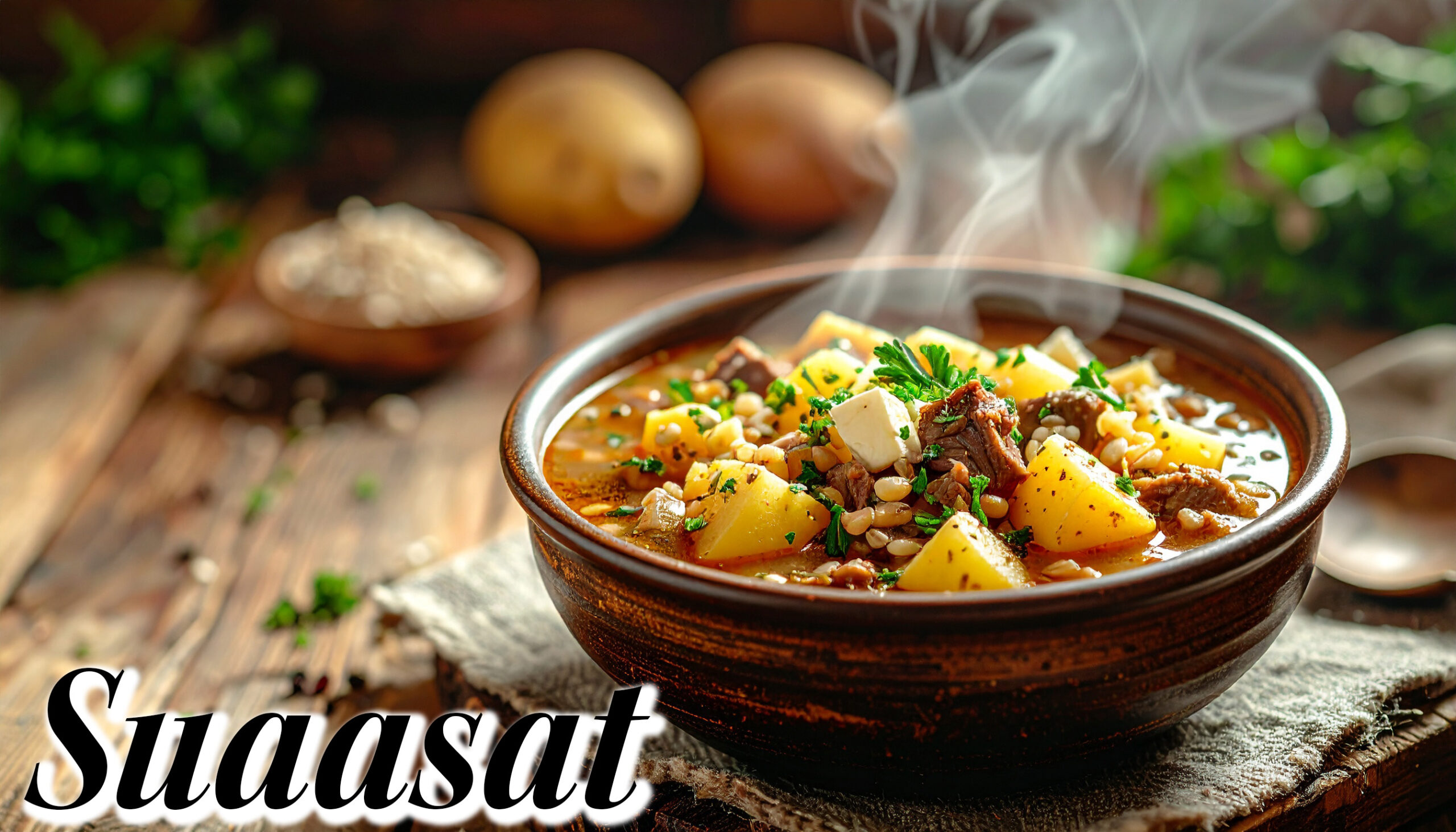
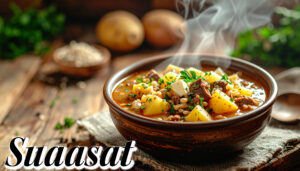

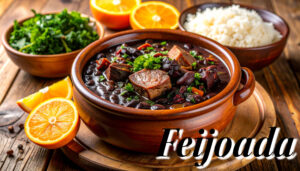

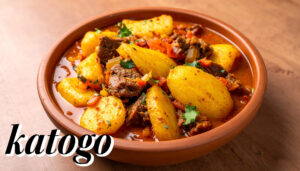
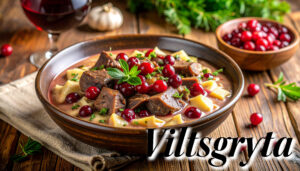



Comments